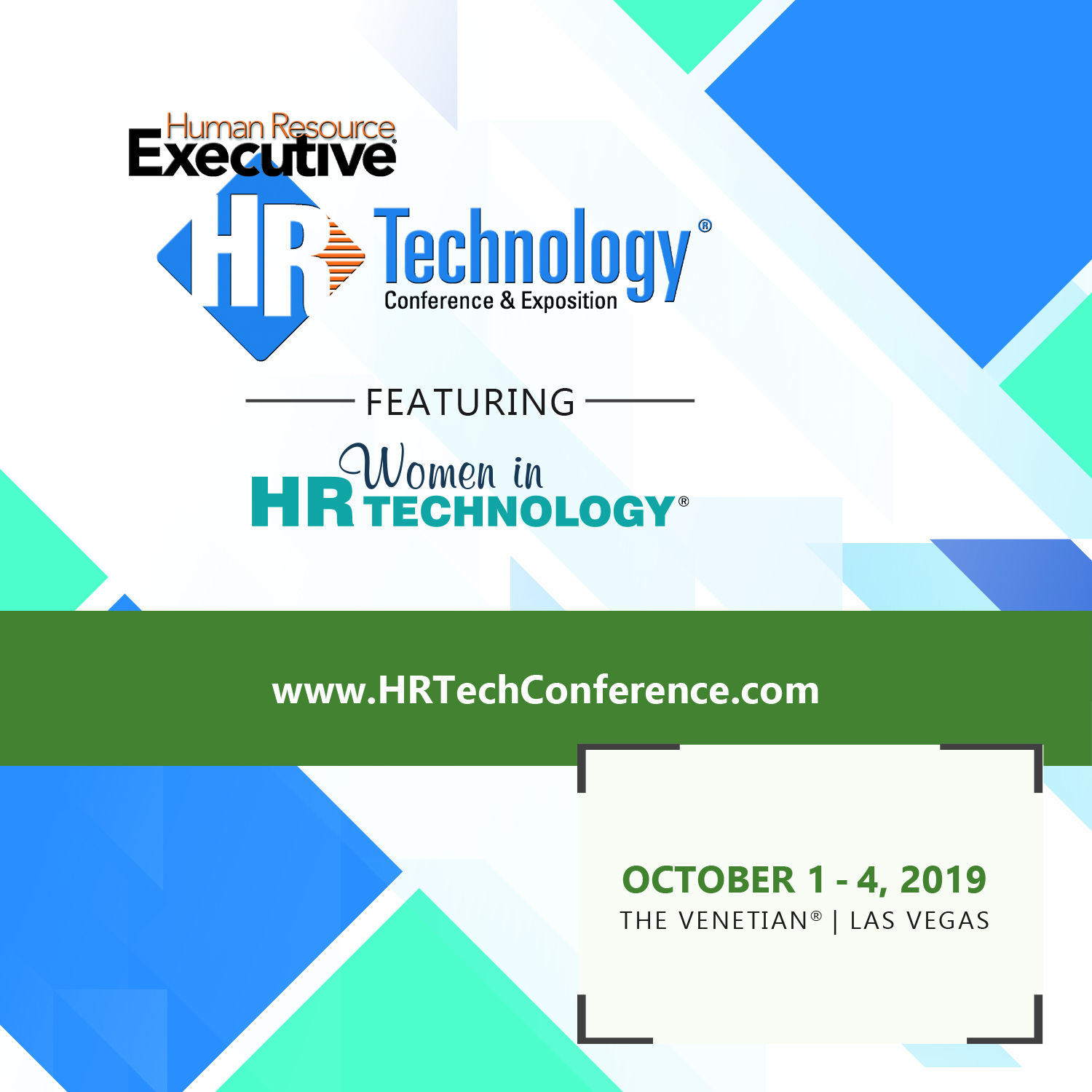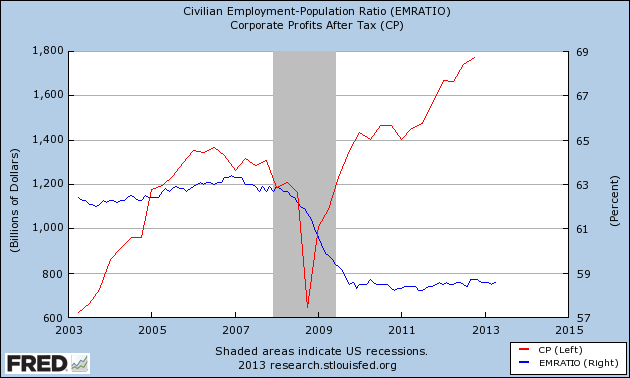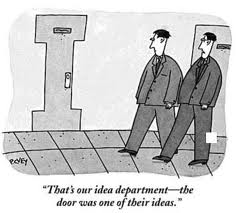Virtual HR, or, 'Did you ask the HR chatbot?'
While I and many, many others have blogged, talked, and pontificated about how the ongoing advances in technology, automation, robotics, and artificial intelligence continue to 'hollow-out' or eliminate wide ranges of jobs formerly and traditionally that are done by humans, I also often think that many folks don't see these trends as all that interesting or potentially threatening. Most of the people who read this blog, I imagine, see themselves as knowledge workers that bring imagination, creativity, and perhaps most essentially, an understanding of subtle things like culture and attitude to their jobs and careers. Most of us, (admittedly me too), say of think things like 'My job is just too complex and ever-changing for it to even be outsourced to a less-expensive human (much less a robot).'
Possibly. But it also seems likely that given enough time, access to ever-improving technologies, and the right economic incentives, there are enterprising people and organizations that even if they couldn't completely automate or robot-icize everything you do, chances are a fair amount of even what we creative types do is already routine enough that the robots could do a passable, if not better (and cheaper and will less of a bad attitude), than we do.
But again, I know you don't really believe me, as you are (probably) and HR person that is reading this, and automation in HR has only meant changing how the transactional work of HR, (forms, time-tracking, payroll, etc), from paper-driven processes to computer-driven ones, (and often, initiated by employees and completed by managers with little direct involvement from HR). The important work in HR and in many other organizational functions still, and perhaps for a long time yet, remains the exclusive domain of humans - which humans (see the self-service HR example above), matters less today than it used to.
But automation is coming - not just to manufacturing lines or driverless cars or better algorithms and assessments that can screen candidates much faster and more efficiently than you can. Perhaps in HR automation will have to look a little different than what we expect, since so much of the profession is about people - talking to them, understanding them, evaluating them, and motivating them - and ultimately helping, (or concluding that we can't), help them.
Those kind of interactions, even at a basic level, can't be automated yet. Right?
Well, maybe not yet, but that doesn't mean they won't be one day soon.
Don't believe me? Then ask Ivy her opinion.
Who is Ivy? The latest in automation - this time form one of the country's largest employers, and right in your area of interest - the delivery of HR services. Check the details from the Jobs at Intel blog.
Okay, the newest thing we’ve launched is a “virtual HR agent”. What’s that, you ask? You know when you shop online, whether it’s for new gadgets or it’s for a plane ticket to go somewhere or maybe it’s just for odds and ends, some websites have a virtual agent that will answer FAQs for you and guide you through the process. Our new virtual HR agent, we named her Ivy, is set up to do the same thing, but for our employees at Intel (so this is an internal tool.) If employees have questions about their pay, stock, benefits, or other HR programs, they simply bring Ivy up on the intranet and type in a question. Ivy uses a combination of natural language processing, artificial intelligence and optimized search to find the answer to the question. Also, magic. Okay, well, it’s like magic to me, so… As of today, Ivy has 4,331 possible responses. How do I know that number so exactly? I led the team that wrote all the responses. You can bet we’re excited for the launch after all that work!
Catch all that?
Ivy, or the virtual HR chat agent, has over 4,000 possible responses to any employee question about pay or benefits or other HR programs, and using the same kind of intelligence we've seen in a consumer or retail environment, provides HR services to Intel employees. As it is an internal-only tool, I'm not able to test it out, but it stands to reason that with over 4K responses, and the ability to 'learn' and adapt, that over time a tool like Ivy would be able to do more that respond to simple questions, and provide more complex answers to more difficult questions.
Yes, Intel's HR team has to provide the 'intelligence' for Ivy to work, and that, as yet, is still a human job, but what if employees at Intel begin to prefer dealing with virtual HR over real HR?
I'll leave you with more from the Jobs at Intel blog about Ivy:
Ivy’s no chatbot and she’s not backed by a human “behind the curtain”. She’s all software. We’ve got lots of metrics in place to monitor her performance and our employees can give a star rating to each interaction. Using the performance data and star ratings, we can tune Ivy to make her even better. Beyond that, what’s weird is that she learns. Seriously. Her artificial intelligence gets better as employees ask her questions. Amazing.
The money line in that?
We can tune Ivy to make her even better. Beyond that, what’s weird is that she learns.
Can you say the same about the people in your HR organization?
Happy Tuesday.

 Steve
Steve


